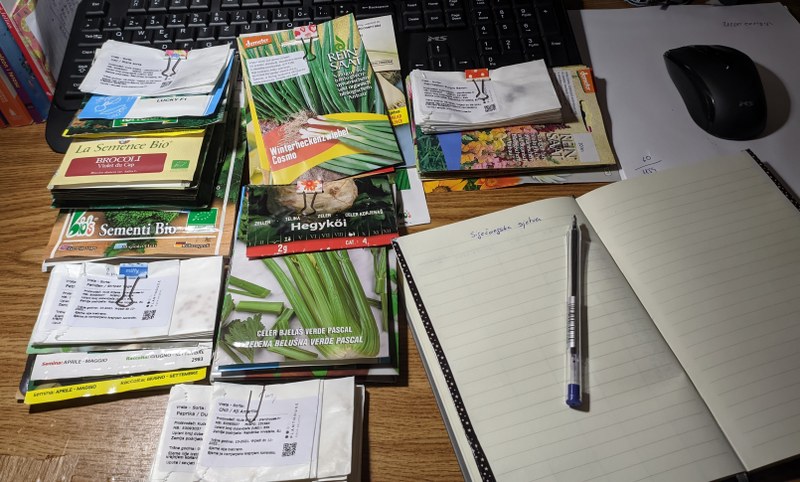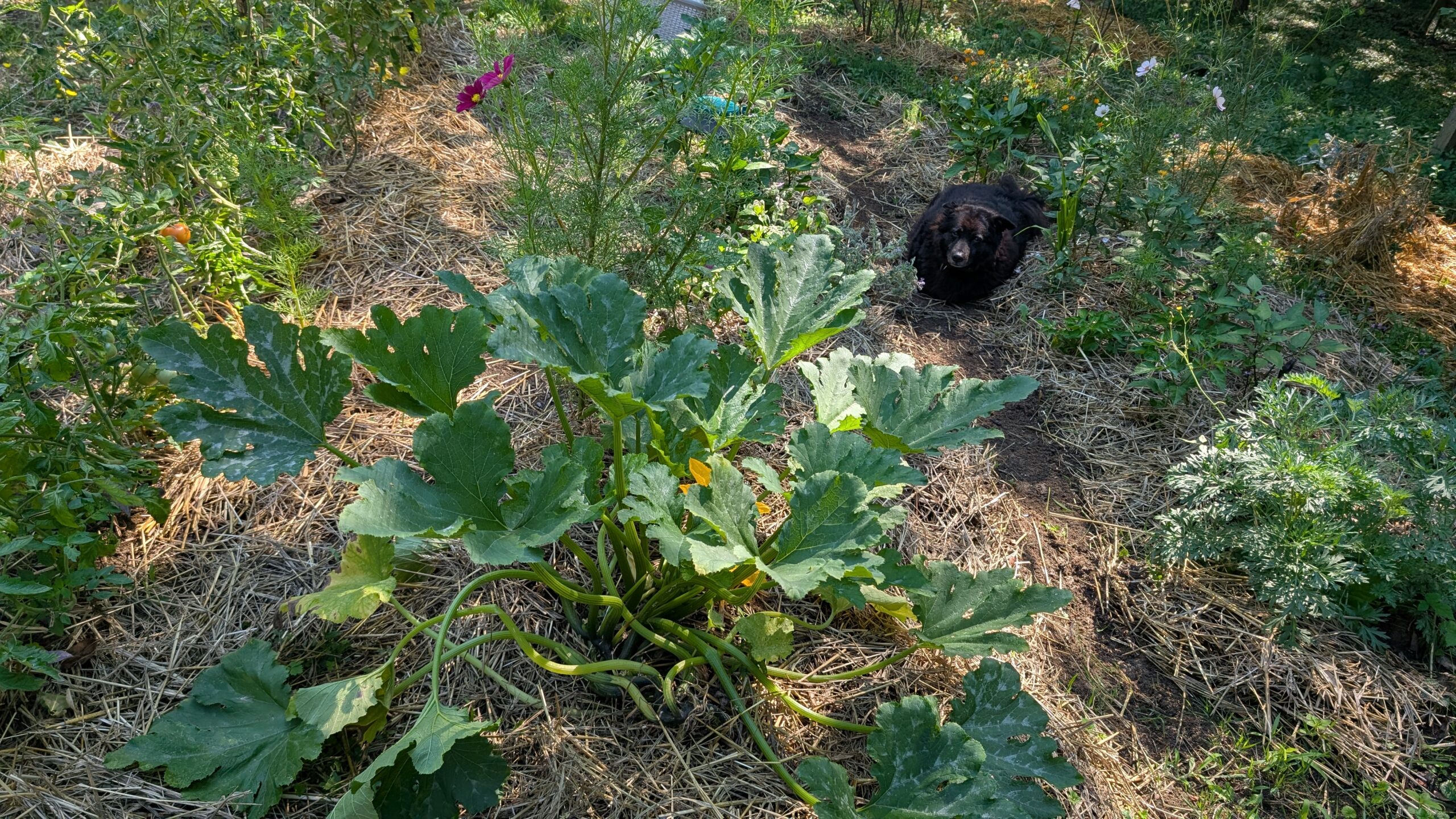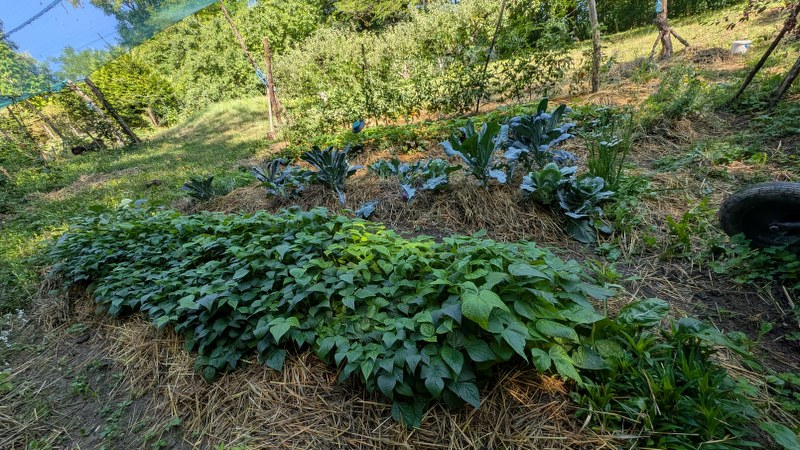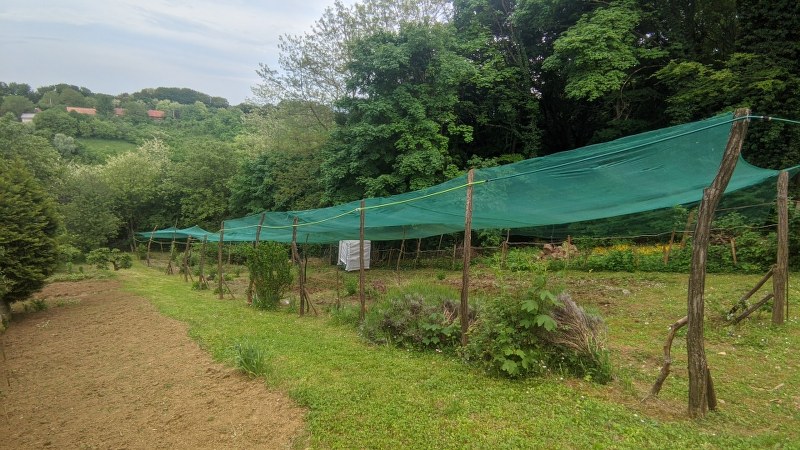Usually, when we read about starting the sowing season everyone keeps talking amount March sowing. But is it really always the best time to start seedlings in March? Or can we start them earlier?
March or January?
The right sowing time depends on your own environmental conditions and needs. Most seed packages will say that the best time to start your seedlings is in March or “4 to 6 weeks before the last frost date”. This is actually a very wrong recommendation. Yes, if you have perfect conditions in your home or in the garden, your seedlings will be ready for transplanting in about 10 weeks. But, most of us don’t have perfect conditions at home. Our homes are mostly not heated to 25°C(77°F) and the plants will most likely grow much slower. Seedlings won’t germinate in just a couple of days. They might even need 14 to 20 days to germinate. Also, very few of us have enough space to start all of our plants at the same time. So why not start our seedlings earlier?

Seedlings can be started as early as you want. The only difference between March and January sowing is that you will need to transplant seedlings to bigger containers around April. This can actually be a good thing. Most of the time we can take our seedlings outside during the day in April, so we’ll have more space for bigger pots. The seedlings that are sown in the early winter could start growing small roots. This could potentially be a problem when transplanting into the garden. But, if we transplant them in the nests together with the soil this shouldn’t be an issue.

What can we start early?
There are many vegetables that will benefit from an early start. Chili peppers are one of the vegetables. Although it could be a problem if we start sweet peppers in January, chili peppers will benefit from an early start. Unlike regular peppers, chili peppers grow much slower and like to form a bushy plant. Sowing our chili peppers early will give them time to form a strong bushy plant. It might even give us time to cut the tips off the main branches to encourage the growth of side branches. I’ve been starting my chili peppers in January for years, and they are always ready for May transplanting. Since I usually grow my chili peppers in pots, sometimes I transplant them earlier, but even if they need to stay indoors until May they won’t overgrow .

A group of vegetables that can be started from seeds in January is onions and leeks. Onions and leeks grow very slowly and there will be no damage in sowing them as early as you can. If they grow too big you can transplant them into a bigger and deeper container. Starting them early also gives us a chance to sow all the seeds in one container and separate them later. Onions and leeks aren’t too delicate and won’t mind us messing with their roots. So why not use the chance to reduce the amount of March containers?
Brassicas early?Yes, please.
Although they grow really fast, brassica seedlings can actually also be sown in January. Not only will they give us a chance to grow bigger plants and earlier harvest, but they will also be ready for earlier transplanting. Most brassicas can survive light frost without any problems. Some, like kale and collard greens, can even survive a harder frost with light textile protection. If started in early January, our seedlings will be ready for transplanting in the early weeks of April, when the weather in most of the Northern hemisphere is warm enough.
Brassicas can also be kept outside during March, provided that they are taken indoors during the night. So there can be no problem with overgrown seedlings. If they start growing too big, just take them outside during the day. The cooler air will slow their growth and keep them the perfect size for the April transplant.
What about flowers and herbs?
Slow-growing and biannual flowers are also great January sowing plants. If we sow biannual plants early enough there are pretty big chances that instead of forming only leaves the first year, they will actually bloom in late summer and early fall. The transplanting of a big leafy plant will act as a sign to start producing flowers in the first year. This is especially true for Echinacea and wallflowers, which I’ve successfully grown in the first year if the plants were sown in December or January.
Sowing annuals indoors in January can also be beneficial, especially for the slow-growing verities. If started early, they will flower earlier, which is especially good for plants that take a long time to flower. Last year I’ve sown my Cobaea in January since they are grown here annually. I managed to see it flower for the first time in a decade. It started flowering in late September. If it weren’t for the early start I wouldn’t have seen the flowers at all.

Herbs can also be started in January. Most of the herbs can be trimmed with scissors. So, even if they get too big we can always harvest the leaves and then transplant them. Chives, dill, parsley, celery, cilantro. Everything can be started in January.
What have I started this week?
Well, I can say that I’ve started sowing almost 50% of my seeds this week. It has been unusually warm here past 10 days, so I decided to use the weather and the fact that I can sow outside to start as much as I can. I’ve sown a bunch of brassicas, chili peppers, eggplants, onions, chives, leeks, a bunch of slow-growing flowers, and some herbs. I’m planning to start some more early vegetables, but since the weather is so warm they will be kept outside and I’ll leave the heated area for more delicate seedlings.

Since we had pretty good success with our heated wardrobe last year, this year we decided to make a similar arrangement in the shoe wardrobe. We decided against heating this year since this wardrobe is directly on the path of air conditioning and positioned on the inner wall, so the temperature here is always around 20°C(68°C). We did need to change the shelves and make them flat. The shoe shelves were under an angle, so we couldn’t fit the containers, but now we can. Only I didn’t have time to paint it. November and December were extremely moist, with constant rain and the paint would never dry. So I left it like this and will paint it next summer.

The shelves are slowly filling up and right now I have enough space to add only tomatoes and peppers in early February. But, by the time for cucumbers and zucchinis, most of these plants will be ready for daily sunbathing and I will have more space in the wardrobe. The one thing that we have no space, for now, is shoes, which are now all over the place.
Hopefully, this space will be big enough for all of my seedlings, otherwise next year I will end up sleeping on flour bags in the basement and my seedlings will be all over the bedroom since that’s the last area that is plant free in our house.





Leave a Reply